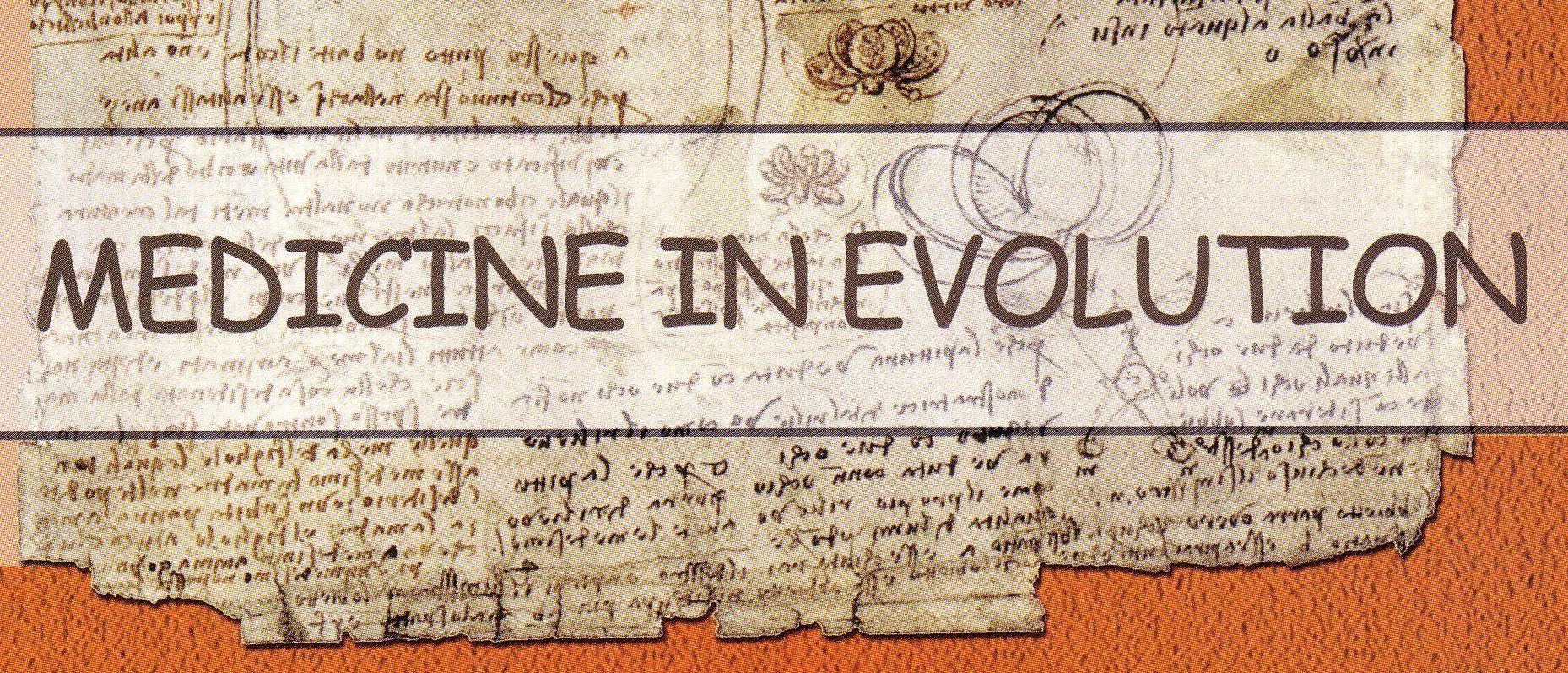|
Medicine in evolution
|
- Abstract - Prosthetic rehabilitation of totally edentulous patients, especially on the mandibular jaw, using implant overdentures, has entered a new period after the McGill University Consensus in 2002, adopted in Canada. According to that, the standard of this type of prosthetic restoration begins with inserting at least two interforaminal implants followed by the achievement of the overdenture. In time, this treatment concept became viable and the treatment solutions have diversified a lot. New concepts have emerged (Spiekermann, Bret, and Misch). At the same time, the concepts of infra-, mezo- and superstructure and their connections have appeared. In the present work, our team presents its three years time experience regarding the variety of connection systems between meso- and superstructure. Thus, 60 mandibular and 22 maxilar overdentures have been manufactured, using several types of connections (bars with metal/plastic riders, galvanoformed riders, double mechanical retention riders).
The patients have
been kept under observation and recalled every 6
months (up to 2 years) and observations have been
made regarding the integrity of the connections.
Generally, the patients were satisfied with this
type of prosthetic restorations and their quality of
life had risen. Among connections, the retention of
metallic riders began to diminish after 2 years, at
the plastic riders we noticed a slight improvement
of retention and the galvanoformed riders group
being the most satified with the worn restaurations
(the retention through friction, specific for these
systems, is replaced with hydraulic adhesion, which
is a benefit for the implantsí life as well).
Webmaster: Creanga Madalina |
|---|
